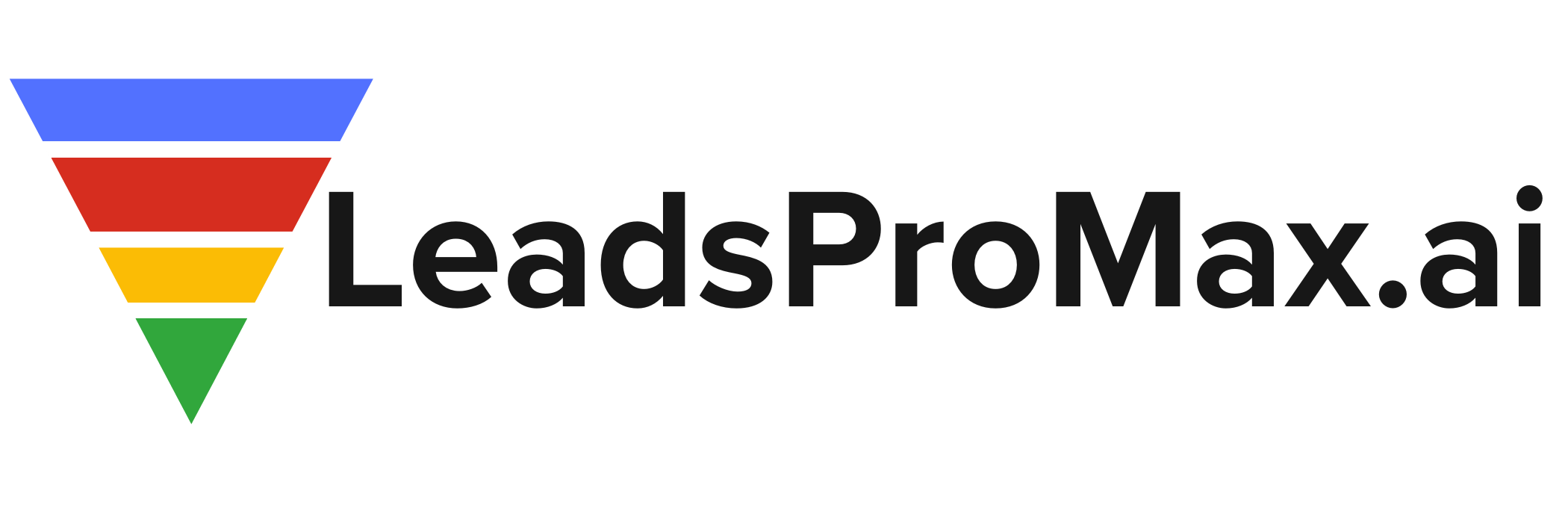Unlocking the Power of AI and Predictive Analytics in Compliance
In today’s rapidly evolving business landscape, organizations face an ever-increasing challenge to maintain compliance with complex regulations and industry standards. As the volume of data continues to grow exponentially, traditional compliance methods are no longer sufficient to keep pace with the demands of the modern world. This is where the transformative power of Artificial Intelligence (AI) and predictive analytics comes into play, revolutionizing the way companies approach compliance and risk management.
Proactive Risk Management: Staying Ahead of the Curve
One of the most significant advantages of AI-powered predictive analytics is its ability to identify patterns and potential compliance issues before they escalate into major problems. By leveraging vast datasets and sophisticated algorithms, these technologies can detect red flags and anomalies that might otherwise go unnoticed. This proactive approach enables organizations to adjust their policies and practices in real-time, mitigating the risk of legal and financial repercussions.
Imagine a scenario where a company’s compliance team receives an alert about a potential breach in data privacy regulations. With the help of AI and predictive analytics, they can quickly investigate the issue, pinpoint the root cause, and implement corrective measures before any significant damage occurs. By staying ahead of the curve, organizations can safeguard their reputation, maintain customer trust, and avoid costly penalties.
Data-Driven Insights: Unlocking the Power of Information
In the realm of compliance, data is king. Predictive analytics, powered by machine learning algorithms, has the capacity to analyze vast amounts of structured and unstructured data, uncovering hidden insights and patterns that would be impossible for humans to detect. By harnessing the power of data, organizations can make informed decisions and develop targeted strategies to address potential compliance risks.
For instance, predictive models can analyze historical data on security breaches, regulatory violations, and other compliance incidents to identify common threads and risk factors. Armed with this knowledge, companies can strengthen their security measures, update their policies, and provide targeted training to employees in high-risk areas. By leveraging data-driven insights, organizations can create a more resilient and adaptable compliance framework.
Collaboration and Education: Fostering a Culture of Compliance
While AI and predictive analytics offer immense potential, their success often hinges on effective collaboration and education within the organization. To fully harness the power of these technologies, it is crucial to foster cross-departmental cooperation and ensure that employees at all levels understand the importance of compliance and the role of AI in achieving it.
This involves investing in training programs that demystify AI and machine learning, helping employees comprehend how these tools can enhance their work and contribute to the overall compliance goals. By creating a culture of data literacy and continuous learning, organizations can empower their workforce to embrace these technologies and actively participate in the compliance process.
Iterative Improvement: Refining Compliance Strategies
Implementing AI and predictive analytics in compliance is not a one-time endeavor; rather, it is an ongoing journey of iterative improvement. As organizations collect more data and gain deeper insights, they must continuously refine their predictive models and compliance strategies to align with evolving business objectives and regulatory requirements.
This iterative approach involves regularly assessing the effectiveness of predictive models, incorporating feedback from stakeholders, and adapting to new challenges and opportunities. By embracing a mindset of continuous improvement, organizations can ensure that their compliance efforts remain agile, responsive, and aligned with the ever-changing business landscape.
Data Quality: The Foundation of Effective Prediction
While AI and predictive analytics offer immense potential, their effectiveness heavily relies on the quality of the data being analyzed. **Inaccurate**, **incomplete**, or **biased** data can lead to flawed predictions and misguided compliance strategies. Therefore, organizations must prioritize **data governance** and invest in robust processes for data collection, cleaning, and preparation.
This involves establishing clear data standards, implementing data validation mechanisms, and regularly auditing datasets for accuracy and completeness. By ensuring the integrity and reliability of the data feeding into predictive models, organizations can have greater confidence in the insights and recommendations generated by these technologies.
Embracing the Future of Compliance
As the business world continues to evolve at an unprecedented pace, the role of AI and predictive analytics in compliance will only become more critical. Organizations that embrace these technologies and integrate them into their compliance frameworks will be better equipped to navigate the complexities of the modern regulatory landscape.
By leveraging the power of proactive risk management, data-driven insights, collaborative education, iterative improvement, and data quality, companies can build a more resilient, adaptable, and effective compliance function. The future of compliance lies in the seamless integration of human expertise and artificial intelligence, working together to create a safer, more transparent, and more accountable business environment.
As we move forward, it is essential for organizations to stay informed about the latest developments in AI and predictive analytics, and to actively seek opportunities to incorporate these technologies into their compliance strategies. By doing so, they can position themselves at the forefront of the compliance revolution, ready to tackle the challenges and seize the opportunities that lie ahead.
#Compliance #ArtificialIntelligence #PredictiveAnalytics #RiskManagement #DataDrivenInsights
-> Original article and inspiration provided by ReviewAgent.ai@tfoxlaw
-> Connect with one of our AI Strategists today at ReviewAgent.ai


